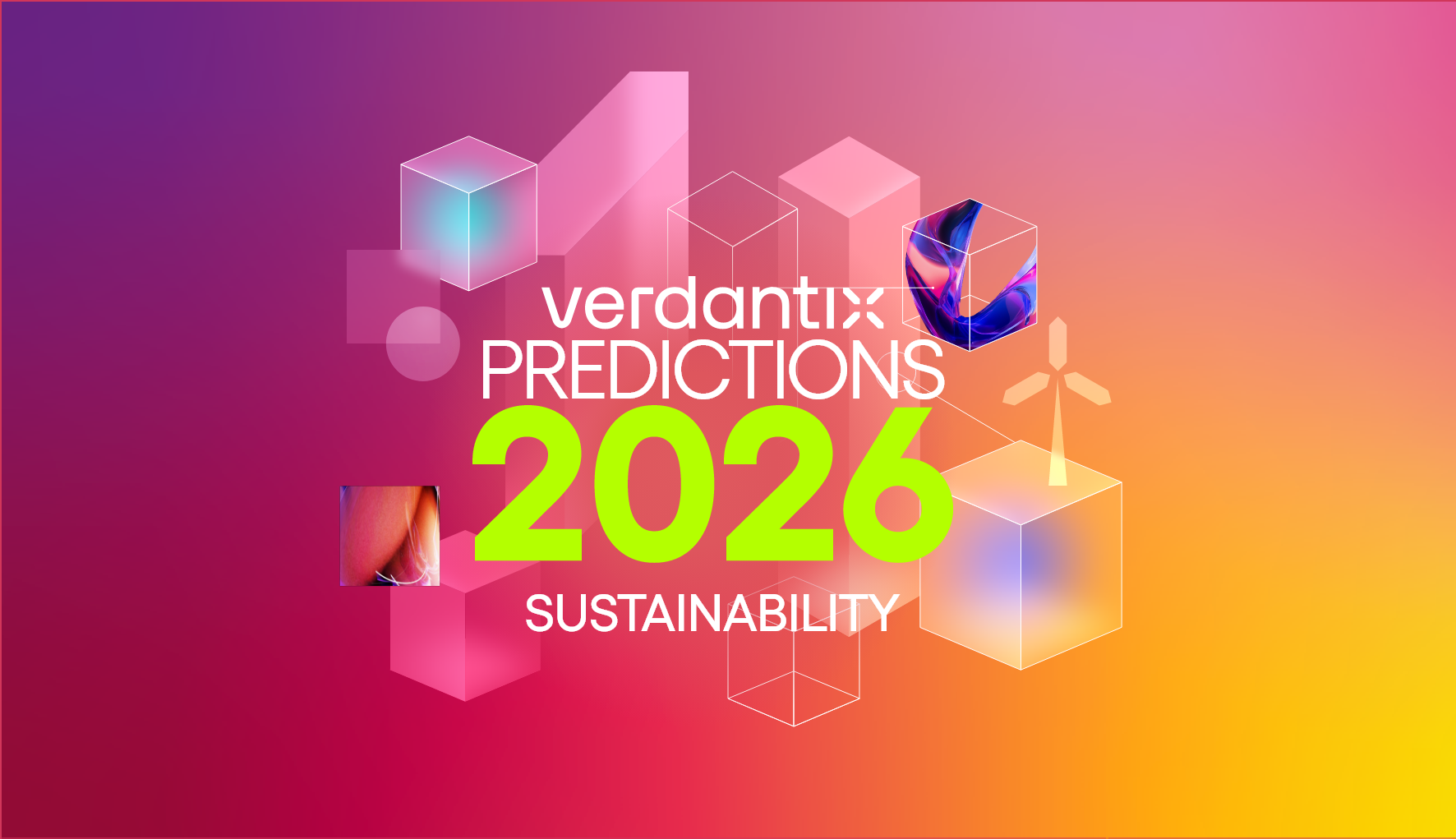The Race To The Top: Software Vendors’ Investments Highlight Key Growth Strategies
The era of cheap money was over in 2023. A combination of high inflation in the US and EU, geopolitical uncertainties and supply chains strained highly leveraged sectors and made corporate financing more challenging. Such economic restrictions waved goodbye to the record levels of merger and acquisition (M&A) activity witnessed in 2021. Data from Dealogic revealed that total M&A volumes fell by 18% to about $3 trillion – the lowest since 2013 levels.
Despite a turbulent backdrop, sustainability-related deals continued to materialize throughout 2023, reaffirming that macroeconomic challenges do not change the fact that sustainability is now an embedded material risk factor for business. Easing economic uncertainty, combined with regulatory drivers in the EU and – at least for now – the US, are expected to support an upswing in M&A activity. But how can software vendors capitalize on improving market conditions?
In the recently published Verdantix Investment Overview report, we analysed the M&A activities of ESG and sustainability software vendors throughout 2023 to uncover their key inorganic growth strategies. We identified three overarching themes:
- Strengthening vendors’ current product capabilities to better serve their existing market.
Software vendors are facing an arms race, competing against a number of well-established players and new market entrants. Large funding rounds are fuelling M&A strategies aimed at strengthening existing software capabilities and solidifying market positioning. For example, carbon management software provider Watershed – which raised $70 million in a Series B funding round in February 2022 – acquired VitalMetrics in April 2023, augmenting its value proposition with VitalMetrics’s multi-regional GHG emissions database.
- Acquiring new capabilities to expand into adjacent product markets.
The Verdantix 2023 ESG and sustainability global corporate survey found that while over a third of organizations rely on spreadsheets for a range of ESG and sustainability workflows, two-thirds plan to increase their software and services budgets for 2024. In response, vendors are adding firepower to their software and services offerings by selecting acquisition targets that enlarge the breadth of their existing capabilities and allow them to expand into adjacent market segments – essentially aiming to become a ‘one-stop shop’.
- Venturing into additional stakeholder groups and industry segments.
Successful sustainability strategies cannot be carried out in a silo, but require enhanced intra-organizational collaboration from the plant floor to the desk of the investor relations team. Vendors are increasingly aware that their software functionality must appeal to a range of stakeholders, often with different priorities and requirements. Faced with the prospect to build, buy or partner, acquisitions are a favoured strategy to develop brand equity in a target sector. For instance, in May 2023 Cority acquired Greenstone, a UK-headquartered provider of supply chain and investor-focused ESG and sustainability management software – thus expanding its user base beyond EHS practitioners.
About The Author

Luke Gowland
Senior Analyst





